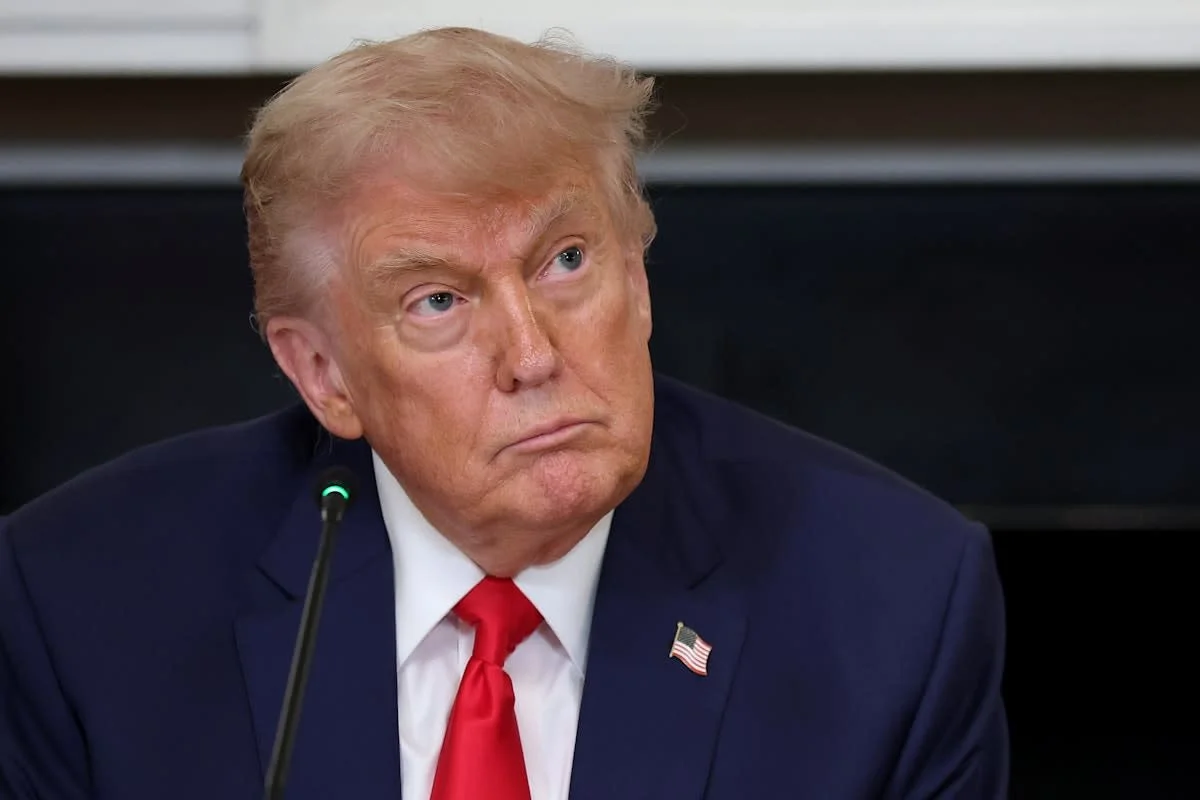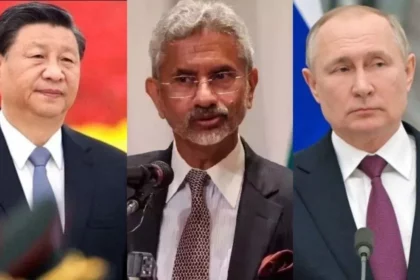WASHINGTON, D.C. — President Donald Trump announced on Wednesday that the United States has reached a preliminary trade agreement with China following two intense days of negotiations in London. The deal centers on critical rare earth minerals and the status of Chinese students studying in the U.S.
In a post on his Truth Social platform, Trump declared, “Our deal with China is done,” though he noted the agreement remains subject to final approval from both himself and Chinese President Xi Jinping.
Rare Earth Minerals at the Center
Under the proposed agreement, China will supply the United States with rare earth elements and magnets — key components in industries ranging from electric vehicles and aerospace to defense technologies. These materials are vital for manufacturing wind turbines, computer hard drives, and missile systems.
Trump emphasized in his post that China would deliver “full magnets and any necessary rare earths… up front.” This provision is expected to ease U.S. concerns over restricted access to these strategic resources after Beijing implemented licensing requirements on exporters earlier this year — widely viewed as retaliation for American tariffs.
Student Visas Included in Deal
In a significant shift, the U.S. also agreed to allow Chinese students to continue studying at American colleges and universities. This comes after months of tension over visa restrictions that had sparked outcry from both academic institutions and Chinese officials.
“We will provide to China what was agreed to, including Chinese students using our colleges and universities,” Trump wrote, framing the move as a mutually beneficial concession.
Tariff Adjustments to Follow
The tentative deal also addresses tariff reductions. Trump revealed that the U.S. would apply a combined 55% tariff rate on Chinese imports, which includes an additional 30% levy and existing duties. Meanwhile, China would lower its tariffs on American goods to 10%, mirroring figures from a previous truce that scaled down earlier, higher rates.
Mixed Reactions and Market Response
Despite the announcement, U.S. markets showed limited movement. The S&P 500 and Dow Jones Industrial Average remained mostly flat, while the Nasdaq recorded a slight gain in early trading. Analysts remain cautious, noting that the deal still requires formal confirmation from both governments.
U.S. Commerce Secretary Howard Lutnick, speaking from London, hinted at progress, stating that measures previously imposed due to rare earth supply disruptions may soon be eased if China follows through with licensing reforms.
China Calls for Ongoing Dialogue
Chinese officials also acknowledged the agreement, with Vice Premier He Lifeng underscoring the importance of continued cooperation. In a statement released by Chinese state media, He said, “The two sides should… continuously enhance consensus, reduce misunderstandings and strengthen cooperation.”
China’s International Trade Representative Li Chenggang added that the discussions had been “professional, rational, in-depth and candid.”
What’s Next?
The deal marks a potential turning point in the long-running U.S.-China trade standoff. However, until formalized by both Trump and President Xi, the agreement remains provisional. With strategic resources, education ties, and tariff policies all in play, the outcome of this deal could have significant long-term implications for global trade and diplomatic relations.




